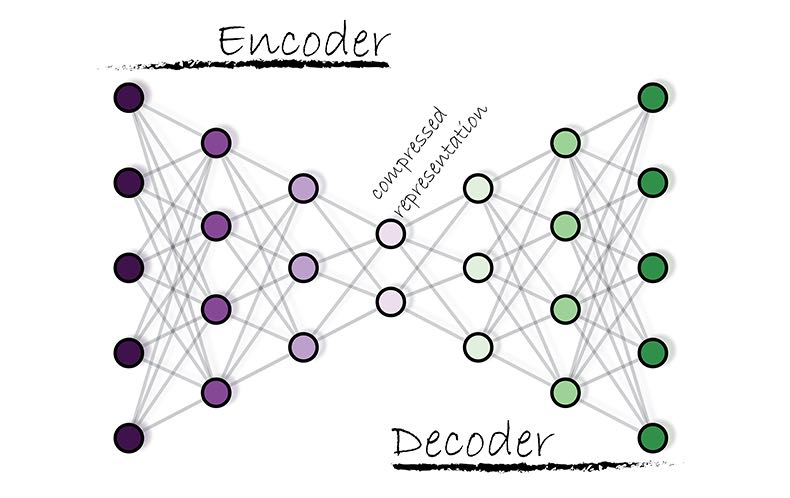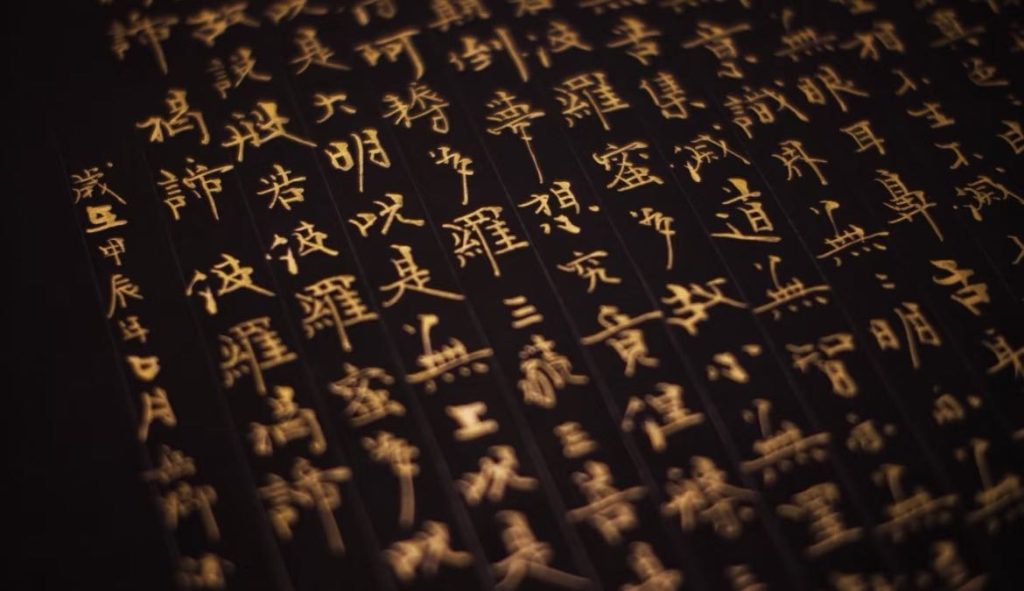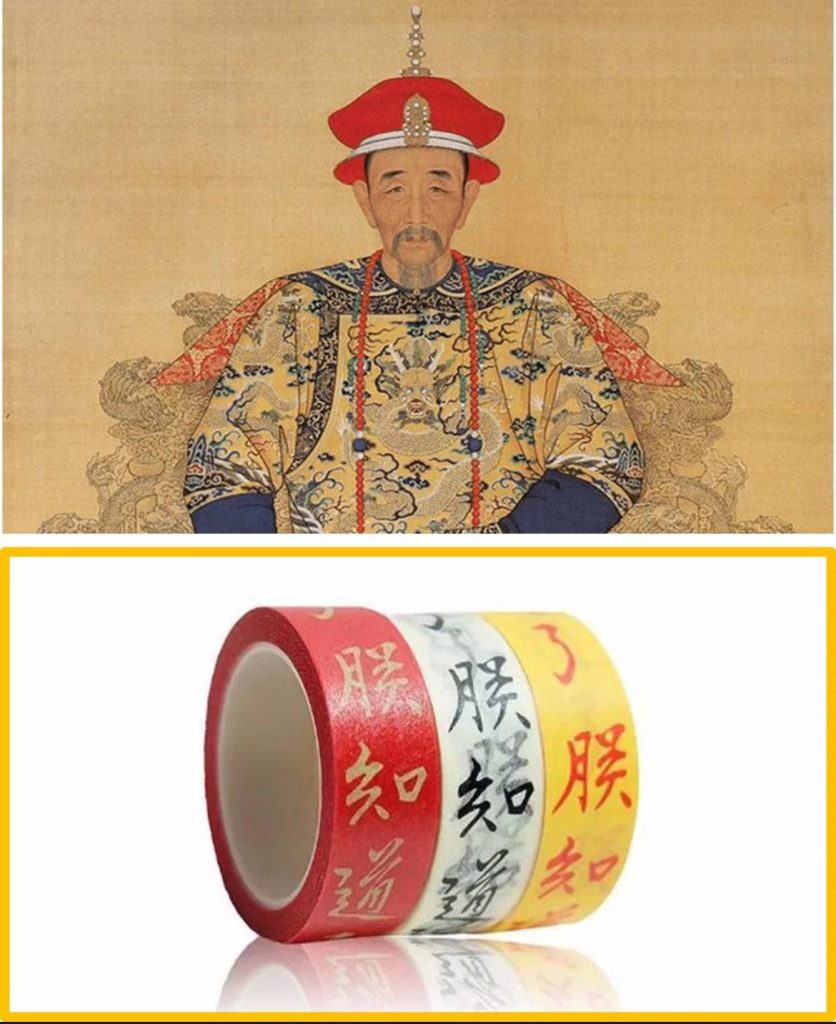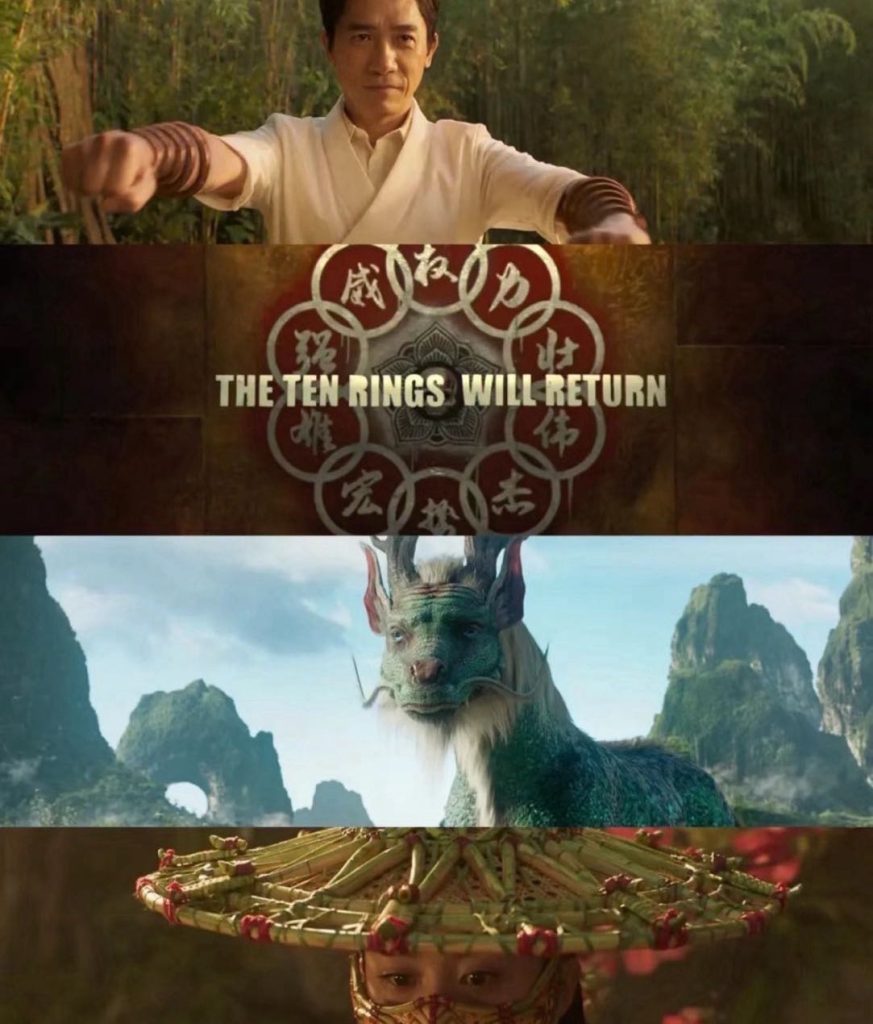Encoding will have the effect of constructing some of the limits and parameters within which decodings will operate.
Stuart Hall

In Stuart Hall’s work Encoding and Decoding in the Television Discourse, he explains that encoding is the process where media producers create messages by putting specific meanings into symbols. On the other hand, decoding is how the audience understands and interprets these symbols, influenced by their own cultural background.
In the era of globalization, Chinese culture is trying to “go out” (go global). However, the success of cultural exchange depends not only on producing content but also on how effectively it is encoded and decoded during the communication process. According to Hall’s encoding and decoding theory, information goes through a two-way interaction of symbol creation and meaning interpretation between the sender and the receiver. The success or failure of communication is often influenced by cultural backgrounds and differences in understanding between the two parties. In this blog, I will share my understanding of encoding and decoding in the context of the global spread of Chinese culture. (Hall, 1980; Chandler, 2007)
Coding: Global expression of Chinese culture
Encoding is the process of giving meaning to information. In Chinese cultural communication, this often means mixing traditional cultural symbols with modern design. The communicators usually incorporate classical poetry, Chinese characters, and symbols such as the dragon, phoenix, and the Great Wall into the specific content.


For example, the Palace Museum’s creative products combine the Forbidden City’s aesthetics with contemporary designs like “As an emperor, I know” sticky notes (Zhang, 2023). According to Hall’s theory, encoding shapes messages to resonate with audiences, balancing tradition and innovation. This not only shows the innovative power of Chinese culture but also creates opportunities for it to enter international markets (Wen, 2024).




Decoding: How do audiences understand Chinese culture

However, the effectiveness of the transmission of a message largely depends on how the receiver decodes it. The cultural background of international audiences determines the depth of their understanding of Chinese culture.

For example, in the foreign market, some audiences of the Palace Museum’s cultural and creative industry fully accept its “traditional image in innovation” (dominant interpretation). But there are also some viewers who only appreciate the product design and fail to fully understand the cultural significance behind it (negotiated interpretation). At the same time, there are also criticisms that these symbols are overly commercialized and ignore cultural depth (opposing interpretation).
A similar phenomenon can be seen in the Hollywood movie Shang-Chi. While Western audiences view it as a celebration of Asian culture, some Chinese audiences feel that the use of traditional Chinese elements is overly simplified (Tang, 2022). This difference in understanding arises from the cultural background influencing encoding and the varying perspectives of audiences during decoding.

Conclusion
Through the analysis of the encoding and decoding process in the global dissemination of Chinese culture, we can see the importance of this theory in practical applications. Starting from Hall’s theory, we should recognize that encoding and decoding are two-way interactive processes, which are not only the transformation of language, but also the interweaving of emotions, thoughts, and values. This made me realize that in the context of globalization, cultural dissemination is not only about “output”, but also a form of cross-cultural interaction and understanding. This kind of interaction is full of both challenges and possibilities. Only by achieving effective connections between both parties can cultural dissemination be transformed from one-way information output to true cross-cultural dialogue.
Reference
- Chandler, D. (2007). Semiotics: The Basics. Routledge.
- Ge, Y. (2022). “Cultural Encoding in Global Media Communication: A Case Study of Chinese Traditional Symbols.” Journal of Media Studies, 34(2), 45–62.
- Hall, S. (1980). Encoding/Decoding. In Culture, Media, Language (pp. 128–138).
- Lee, S. (2023). “Cultural Misinterpretations in Cross-Cultural Media Consumption.” Global Media Journal, 19(2), 55–71.
- Tang, J. (2022). “Shang-Chi and the Myth of Authenticity in Asian Representation.” Asian Studies Review, 26(3), 121–138.
- Wang, H. (2024). “Short Videos as a Tool for Cross-Cultural Communication: A Study on TikTok.” New Media Trends, 10(1), 12–25.
- Wen, X. (2024). “Balancing Tradition and Modernity: The Global Success of Palace Museum Products.” China Media Quarterly, 42(3), 23–34.
- Zhang, L. (2023). “Analysis of the international communication strategy of the Palace Museum’s cultural creation.” Media and Cultural Studies, 15(1), 78–89.
- https://images.app.goo.gl/7k4eAGckFMjUMK6E8


I think this blog of the blogger resonates with me a lot, because I like some creative products co-named with museums mentioned in her blog very much. In my opinion, such creative products encode Chinese history and culture in a way of design, so that the audience can decode them in their own way. But it may be that I know more about Chinese history, so I can receive the code of creative products. However, for international audiences, they may only be able to accept some surface designs and visual effects. Therefore, if we can export historical background and deeper culture while disseminating history and culture through creative products,For instance, apart from innovative products, we can also include postcards to explain them within the product. Maybe it can help them better decode Chinese culture. Therefore, I think bloggers can also talk more about how to help international audiences better decode Chinese culture. Looking forward to reading your next blog!
I like the examples you have used, it shows how encoding and decoding play out in different cultures. Using these real world examples makes it more relatable.
Well done on linking Stuart Hall’s encoding and decoding theory to your own culture in China, It was really interesting. you explained clearly about what the theory is and how it relates to different culture backgrounds. You could have gone into maybe a bit more depth about how this relates to different forms of media, such as radio, television or advertising. This would of shown you can apply the theory to any media text. Remember signs are part of coding and they relate to anything that meaning . You have used a lot of references but don’t always make it clear where they have come from. On the whole with the points I mentioned this would be a fantastic blog.